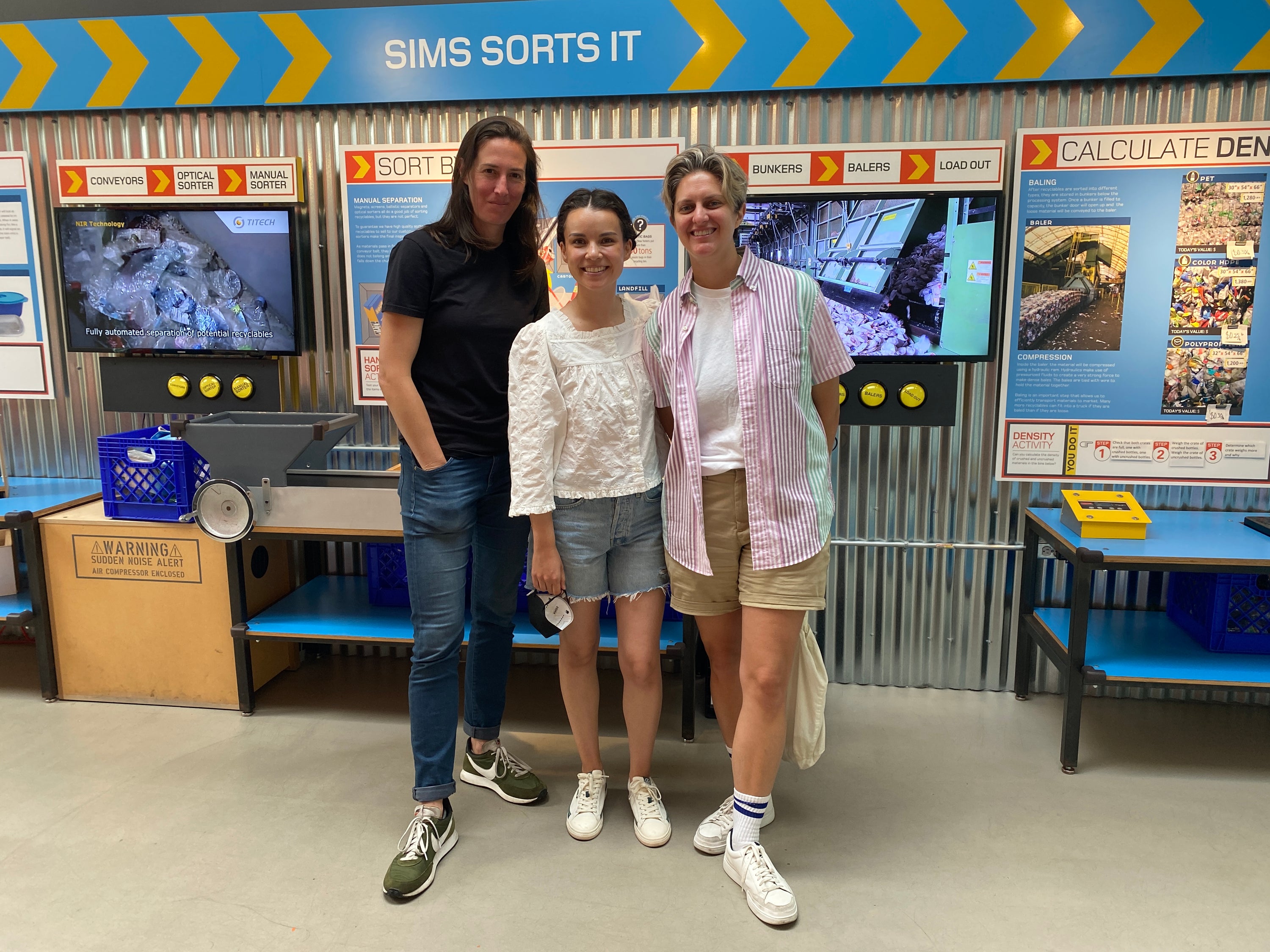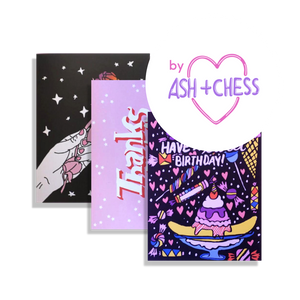
Field Trip: SIMS Recycling Center
by Erica Anderson
·
Last week we took a field trip to New York City’s recycling sorting center with the mission to get smart on how THE NEW SAVANT candles fit into the world of sustainability. The information we gained was immense, so I’ll do my best to draw out what I think is most useful to share –– including some fun facts if you live in NYC. Enjoy. 😀
Field Trip 101
Who: SIMS Municipal Recycling Center
What: The largest recycling sorting facility in America. It handles ~1,000 tons of NYC’s residential plastic, metal, paper and glass a day.
Why: Did we go? To learn of course! First hand knowledge is the best.
About SIMS: think of them as the middle-person between the consumer (you or me) and the buyer (a paper mill that uses recycled paper to make pizza boxes). A sorting center makes it easy for manufacturers to get recycled materials, rather than buying “virgin” materials which come straight from the Earth.
Where: Gowanus Bay, Brooklyn
How: Materials arrive via barges and trucks. Once they get dumped on the tipping floor, a huge tractor pushes them into a “liberator”. The liberator is a massive shredder that begins the process of pulling apart the metal from the plastic, the plastic from the paper, etc. At the very end of the process, a heap of metal will get crushed into a huge bale and sent to a smelter who will use it to create new sheets of steel for anything from auto manufacturing to bridge building.
Lessons about our materials

As part of the visit, we sat down with an expert and received a presentation about our materials. The key question we explored was this: are our materials truly recyclable? This depends on a few questions. Will it sort? Is it accepted in the majority of recycling programs across the U.S.? And finally, is there a consistent market that will buy the materials to turn it into something new?
The good news is metal has the longest history of being recycled, which means there is a consistent market for it. So if you recycle your TNS can, it’s extremely likely to find another life as the frame of a car, a bicycle or even a bridge.
Our labels, which are paper, and our boxes, are also going to fit easily into the system. On the other hand, tea light containers are hard to sort, which was great feedback for us to hear. We’re currently thinking about other ways we can share samples.
It was surprising to learn how complicated glass is when it comes to recycling –– even in New York, where the technology is state-of-the-art, they have to send it to a separate facility. Even then, it’s extremely difficult to sort, and if it’s dyed, forget about it. It’s not at all desirable to the resale market.
Buy post-consumer materials
The key refrain was: reduce, reuse and recycle. We are already asking ourselves how we can integrate this mantra, especially now as we’re young and growing. A key way to do this, as a business, is to buy “post-consumer” goods when we can.
We are doing this with all of our paper and cardboard (it’s made from recycled paper), and most of our vessels are also from post-consumer waste. As we look across our partners, and supply chain, we’ll always defer to raw materials made from recycled products.
If you’re keen to learn more about the recycling process, I’ll leave resources for you below. And in the meantime, I hope you enjoyed this post and even learned a thing or two. As New Savants, we have to always be learning. 😀
Fun facts
- Recycle your greasy pizza boxes!! Just don’t leave any pizza.
- Remove labels from your craft beer cans – most of the new ones are plastic and this make it super hard to recycle.
- Put your lids back on the jar/bottle/etc when you recycle it! Otherwise that tiny little lid will cause havoc.
- Your plastic lawn chair can be recycled. For real.

